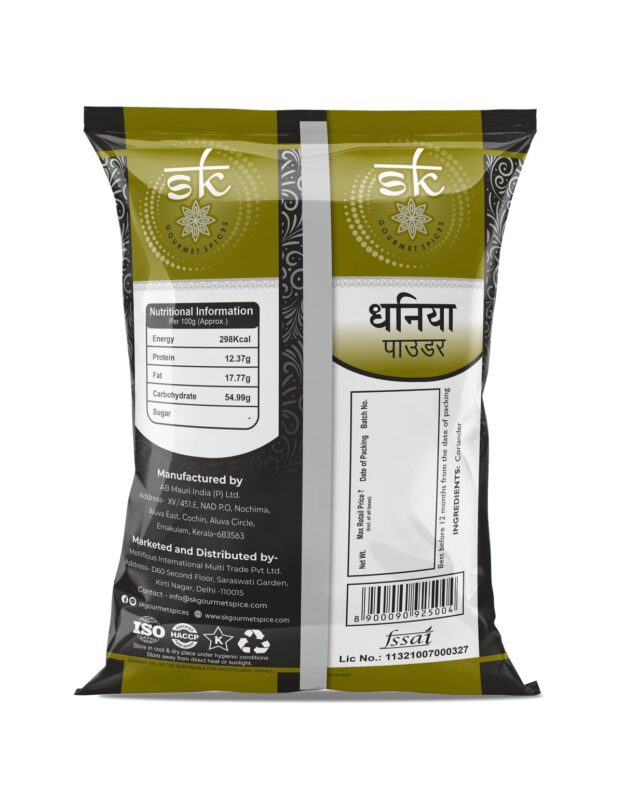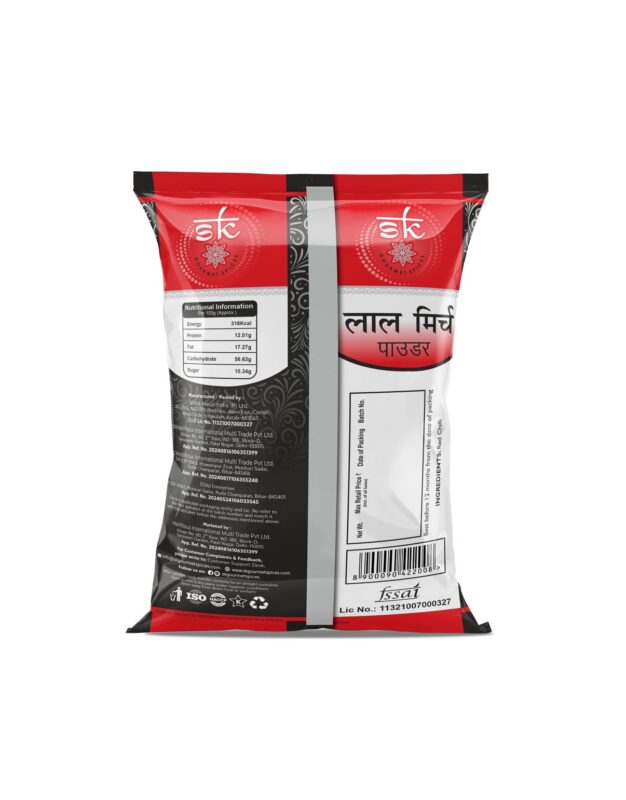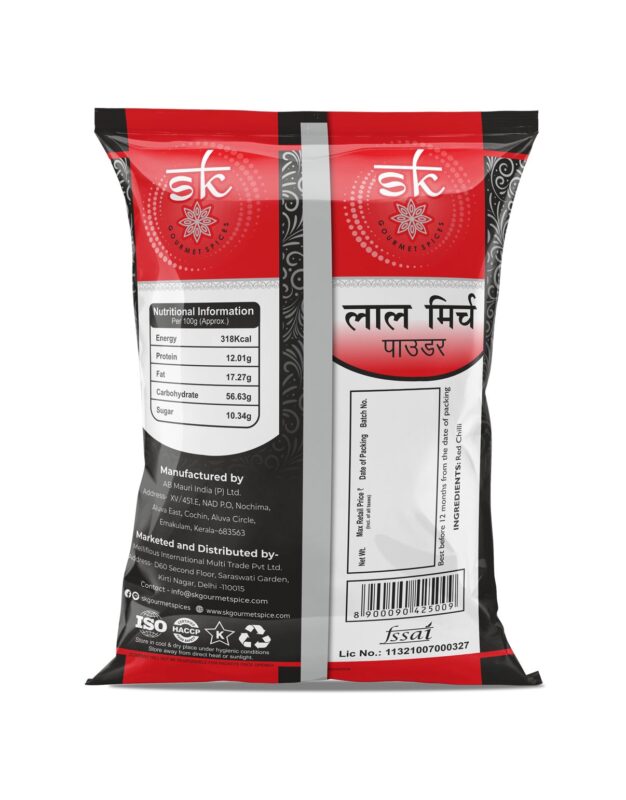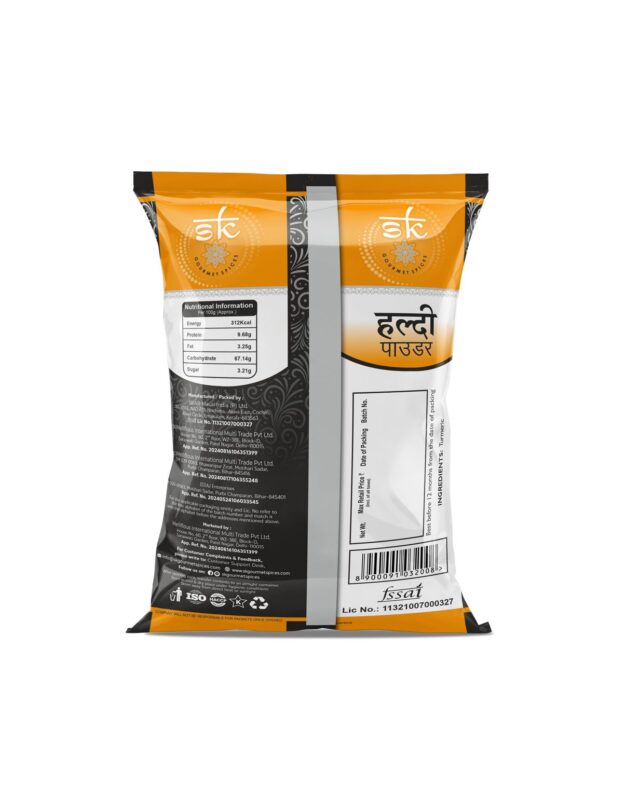IronWallet
The total fee paid by your transaction will then be this rate multiplied by the size of your transaction. The reason some transactions incur higher fees than others is primarily due to the differing levels of complexity, data size, and urgency. Osservando La networks like Ethereum, where smart contracts are executed, more complex operations consume more computational resources, and thus require higher fees. Similarly, transactions with larger data sizes take up more space osservando la a block, and therefore demand higher fees. Network fees are paid to the miners/validators of the public blockchains.
The bigger size of your transaction and the longer queue in the mempool – the higher fees. Transactions on these networks are not paid in fees but osservando la computational power in bandwidth and CPU. These networks are not as common or as popular today as the standard Proof-of-Stake networks.
What Are Blockchain Network Fees?
The cost of network fees may differ based on the type of transaction, the location of the sender, and the speed at which the transaction needs to be processed. It’s essential to consider the current network conditions to ensure that the gas fee is sufficient to process the transaction, but not to overpay. Overpaying can lead to unnecessary expenses and higher transaction costs. Transactions with higher fees are picked up sooner by miners (who optimize for profitability), so higher-fee transactions are more likely to be included in the next block. This means you can opt for faster transaction processing by paying a higher fee.
Fees For Transacting On The Ethereum Network
Next, the April halving, by dividing miners’ subsidies, shifted remuneration towards fees. The other way is just to wait till Mempool will be unloaded, so the demand and fees will jump down. As these networks are slightly less “beginner-friendly,” I would highly encourage you to do your homework on understanding how these DPOS networks function before diving costruiti in. I know fees can be a royal pain and nobody likes paying them, but nobody wants to work for free. If it’s been significantly longer than 10 minutes (e.g., 30+ minutes), a fresh block is statistically more likely to be found soon. What started as a bold move by MicroStrategy costruiti in 2020 has evolved into a mainstream treasury strategy.
U003cstrongu003ewhat Is Transaction Batching, And How Does It Save On Fees?u003c/strongu003e
Use our calculator to adjust these values and see how they affect your fee. Weekends often have lower network congestion, potentially resulting osservando la lower fees for the same confirmation time. Sending $10 or $10,000,000 costs the same costruiti in fees if the transaction has the same structure.
- The Avalanche C-Chain uses an algorithm to determine the “questione fee” for a transaction.
- If you wish to have your transaction confirmed immediately, your optimal fee rate may vary depending on the above factors.
- LN creates payment channels between senders and receivers, costruiti in which only the last and first are processed on Layer 1.
- Because of that, users need to pay network fees in Ethereum, as Ethereum is the “fuel/gas” needed to send any one of the thousands of Ethereum based assets.
- Second is the inclusion fee, or tip, which is paid to network validators.
Now that we have covered the basics of gas fees let’s move on to the calculation methods in the next section. The market rate for gas is determined by congestion, so if BNB Smart Chain is very busy, the price of gas will go up. Pending transactions are those that haven’t yet been processed by the Ethereum network. You can speed up pending transactions by replacing them with a fresh transaction with a higher fee. Osservando La the end, users can pay the negligible 2 sats/vB if they can settle waiting for a day or two.
SegWit transactions are processed more efficiently, resulting in lower fees. Transaction fees incentivize miners to include your transaction in the blockchain and validate it. Without fees, there would be less motivation for miners to prioritize transactions, potentially leading to network congestion.
Mempool Fee Distribution
Think of it like paying with a huge pile of pennies at a store; it takes more time and effort, so it costs you more. As shown in the image above, avoid setting too low of a fee, don’t try and set the fee below the slow number shown, as that can seriously ruin your transaction. The more people try to use the network at once, the higher the fee will be. By implementing these fee optimization techniques, you can achieve cost-efficient transactions and minimize transaction costs. Therefore, the higher the number of bytes in a transaction, the higher the gas fees.
Individual users may find fewer opportunities to batch transactions but can still benefit when the situation allows. There is also a privacy tradeoff since the recipients can see that you have used batching to send to others. Therefore, miners are incentivized to maximize their profits when generating new blocks. You might have guessed at this point that the transfer value for miners is completely irrelevant. Instead, it’s all about squeezing the Bytes, as bundled transactions’ size. We also show the latest fee estimate costruiti in Crypto Wallet US Dollars/transaction in the list below.
- Higher gas fees incentivize miners to enter a competition to include a transaction into the next block, increasing the chances of a transaction being confirmed.
- The bigger size of your transaction and the longer queue in the mempool – the higher fees.
- After all, the fees exist because each block recorded on the blockchain has a finite amount of storage capacity.
- It’s called a blockchain because it is a “chain” of blocks of data, each one building on the unique data of the block before it.
IronWallet
Simple transactions with fewer inputs and outputs are generally more cost-effective. Network fees or transaction fees represent an additional amount you pay to miners that include your transaction to a public blockchain. The Lightning Network is a layer-2 solution for low-fee, instant transactions off the main blockchain. Both cater to specific user needs for cost-effective and discreet transactions but require understanding and setup.
The Factors Influencing Transaction Fees
Also, check sites like ethereumprice.org/gas to ensure you aren’t transacting during peak times. We have also seen a considerable spike osservando la network fees on Avalanche during peak times. If the fee is too low, the transaction may not be included osservando la the next block or may take a long time to be confirmed. The Mempool Fee Distribution chart visualizes the current unconfirmed transactions waiting to be included osservando la blocks, grouped by fee rate (measured costruiti in satoshis per virtual byte or sat/vB). Congestion occurs when the number of transactions awaiting confirmation exceeds the available block space.
Popular Articles
As a result, transaction fees can spike dramatically during congested periods, reflecting the increased demand for block space and the urgency of transaction confirmation. The network calculates transaction fees based on various factors, including the size of the transaction costruiti in bytes and the current network conditions. They vary based on network demand and can significantly influence transaction costs. One effective technique is to consolidate multiple transactions into a single transaction whenever possible.
However, complex transactions on Avalanche have been reported as creeping above $10. The prominent examples of this are VeChain which has fees that need to be paid in VeThor. Timing transactions for lower fees requires patience and may not be suitable for urgent transfers.
For Ethereum:
Miners are interested osservando la the transaction sized because they can disegnate only the blocks up to 1,000,000 bytes. Higher fees incentivize miners to prioritize specific transactions, including them in the next block for faster confirmation. First, the application of some kind of fee cuts down on network spam and unnecessary activity. Fees tend to be lower during times of decreased network activity, typically on Sundays. Plan your transactions for these off-peak times to take advantage of lower fees. You don’t necessarily need to wait for these specific moments but can instead set a lower transaction fee that would likely pass at those times based on the current network activity.

















